Rare Rides: The 1991 BMW Bertone Freeclimber, or BMW's First Actual SUV

We’ve been on a bit of a continental streak lately here at Rare Rides. First, the Cadillac Allanté showed us American engineering with Italian design. Then, the Gordon-Keeble coupe from 1965 mixed British creativity and funding with Italian and American components.
Today we’ve got a different trifecta: A Japanese design, rebodied by the Italians, then powered by a German engine. Open up some shampanya, and let’s learn about the Freeclimber.
This box on wheels with a BMW badge at the front (and signature quad-headlamp arrangement) started out in life as a Daihatsu Rugger, which you might know (in short wheelbase format) as the Rocky — the short-lived Daihatsu North America sales experiment in the late 1980s and early 1990s.
The Rugger debuted in 1984, with its first generation running through the 1992 model year. Intended as a spartan off-road vehicle, standard equipment was light and engines were small. Starting out with an inline-four of under 2.0 liters, the largest offering was an inline-four turbodiesel.
All was well in the simple world of the Rugger. But Bertone and BMW had their sights on Rugger’s square little body, and in 1989 things got a lot more complicated. The bare bones trucklet opened an invitation to the Ferrero Rocher party.
Japanese construction wouldn’t do in a luxury German SUV, so the Rugger and related components were shipped to the Bertone factory in Italy. Bertone made very minimal styling changes to comply with BMW’s wishes, assembled the body, re-trimmed the interior, and finished it off with a Bertone manufacturer’s label.
One did not often come across a Bertone dealership in those days (or ever), so having BMW as an interested partner was convenient. The German brand wanted entry into the burgeoning luxury SUV market in Europe. (Was any other compact luxury branded SUV for sale in Europe in 1989?)
Under hood, a trio of BMW engines replaced Daihatsu mills: a 2.4-liter inline-six turbodiesel, 1.9-liter inline-four, or 2.7-liter straight-six from a 5 Series. In use on today’s Freeclimber (and evidenced by the many exterior badges) is the 2.4 TDI engine.
Interior upgrades included Bertone badges on the wheel and dash, and some nice light grey leather seating. The manual transmission and low-range gearbox remain, indicators this mini-luxe vehicle can head right off-road with the best of them.
The two companies (well, three) found enough success with the Freeclimber in the European market to warrant a second generation, dubbed Freeclimber II. Wearing Bertone badges on the front, this model bowed in 1993 alongside the new generation Daihatsu Rugger. Production ended after 1995, when Bertone got a more lucrative mass-market contract to build Fiat Punto and Opel Astra cabriolet models. Production of the first generation Freeclimber totalled to 2,795, and Gen II 2,860.
By then, BMW’s second luxury SUV would’ve been in development. But things didn’t end up quite so continental in the X5. Shame, really.
This one has been imported to the United States and is for sale on eBay via a dealer in Florida. There’s about 39,000 miles on the trucklet, and the current bid is $6,800 with an unknown reserve price.
And hey, your BMW dealer can probably service it.
[Images via seller]

Interested in lots of cars and their various historical contexts. Started writing articles for TTAC in late 2016, when my first posts were QOTDs. From there I started a few new series like Rare Rides, Buy/Drive/Burn, Abandoned History, and most recently Rare Rides Icons. Operating from a home base in Cincinnati, Ohio, a relative auto journalist dead zone. Many of my articles are prompted by something I'll see on social media that sparks my interest and causes me to research. Finding articles and information from the early days of the internet and beyond that covers the little details lost to time: trim packages, color and wheel choices, interior fabrics. Beyond those, I'm fascinated by automotive industry experiments, both failures and successes. Lately I've taken an interest in AI, and generating "what if" type images for car models long dead. Reincarnating a modern Toyota Paseo, Lincoln Mark IX, or Isuzu Trooper through a text prompt is fun. Fun to post them on Twitter too, and watch people overreact. To that end, the social media I use most is Twitter, @CoreyLewis86. I also contribute pieces for Forbes Wheels and Forbes Home.
More by Corey Lewis
Latest Car Reviews
Read moreLatest Product Reviews
Read moreRecent Comments
- 3-On-The-Tree My 2009 C6 corvette in black looks great when it’s all washed and waxed but after driving down my 1.3 mile long dirt road it’s a dust magnet. I like white because dust doesn’t how up easily. Both my current 2021 Tundra and previous 2014 Ford F-150 3.5L Ecobomb are white
- Bd2 Would be sweet on a Telluride.
- Luke42 When will they release a Gladiator 4xe?I don’t care what color it is, but I do care about being able to plug it in.
- Bd2 As I have posited here numerous times; the Hyundai Pony Coupe of 1974 was the most influential sports and, later on, supercar template. This Toyota is a prime example of Hyundai's primal influence upon the design industry. Just look at the years, 1976 > 1974, so the numbers bear Hyundai out and this Toyota is the copy.
- MaintenanceCosts Two of my four cars currently have tires that have remaining tread life but 2017 date codes. Time for a tire-stravaganza pretty soon.

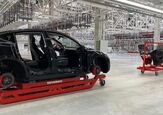
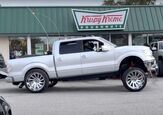
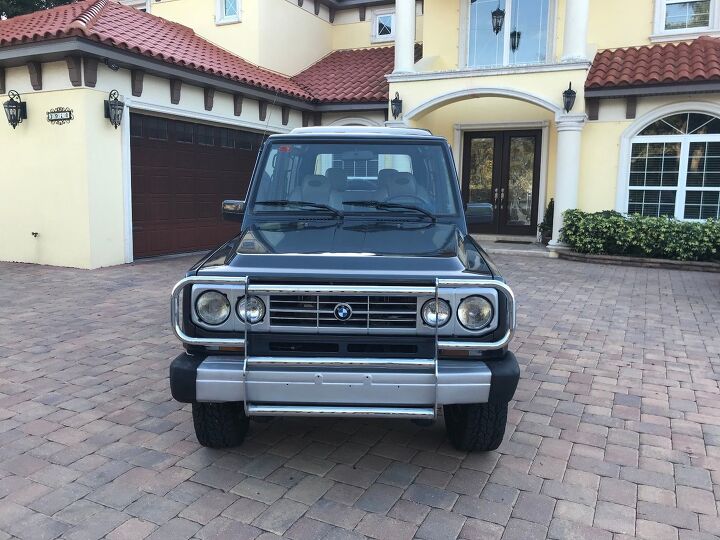






















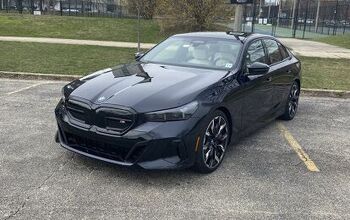
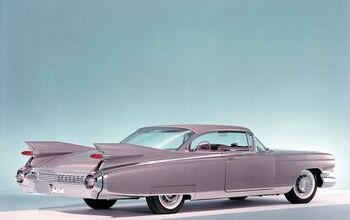
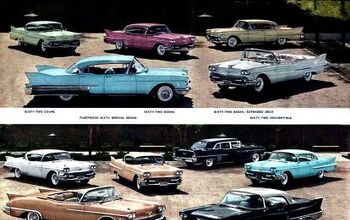
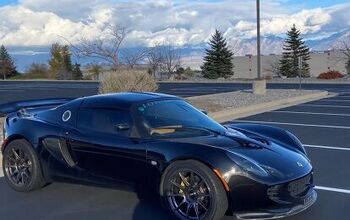
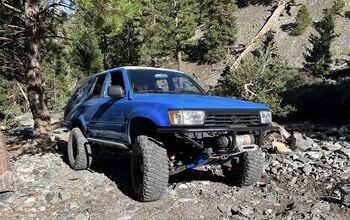
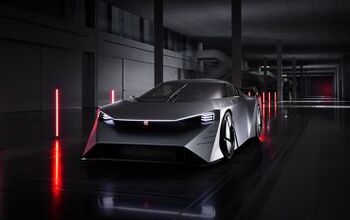
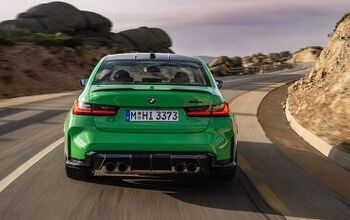
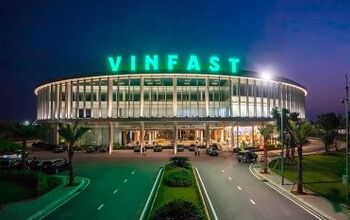
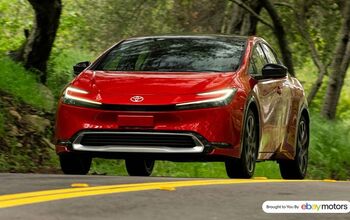
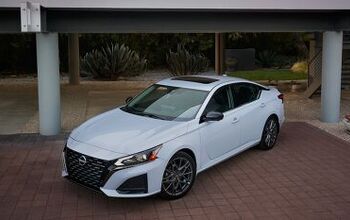
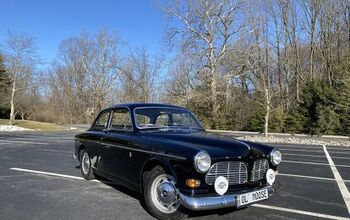

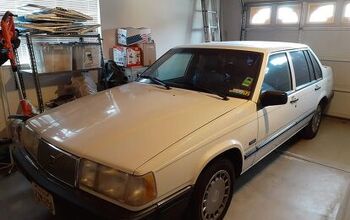
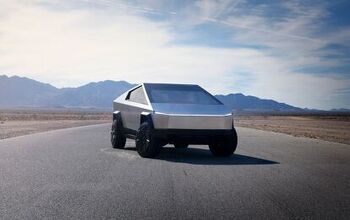
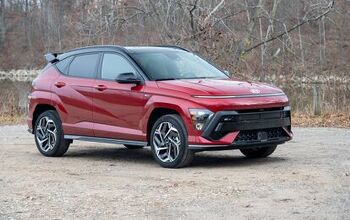
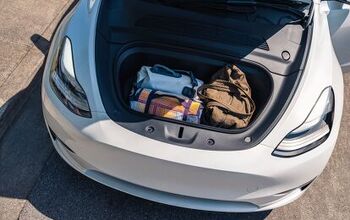
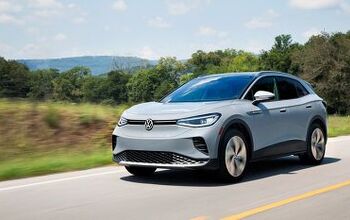
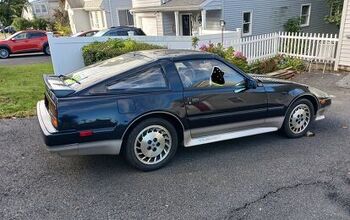
Comments
Join the conversation
I did not know this existed. After seeing this, it's interesting that BMW took such a different route with the original E53 X5. It was unibody, not BOF, and--unlike the M-Class and later the first-gen Touareg and Cayenne--it had no low-range gearing or pretenses of being an off-road-capable SUV. It was more about being athletic on the road, very much a 5-Series wagon on stilts. Maybe BMW figured it would do the off-road thing with Land Rover, which it owned during the entire development cycle of the X5, then later decided to offload the brand to FoMoCo.
Ah yes, the BMW 2.4td - it also saw service for a short time in the Lincoln Mark VII LSC (a cousin of mine had one). I still see a couple of Rockys running around my town, and one is painted olive drab.